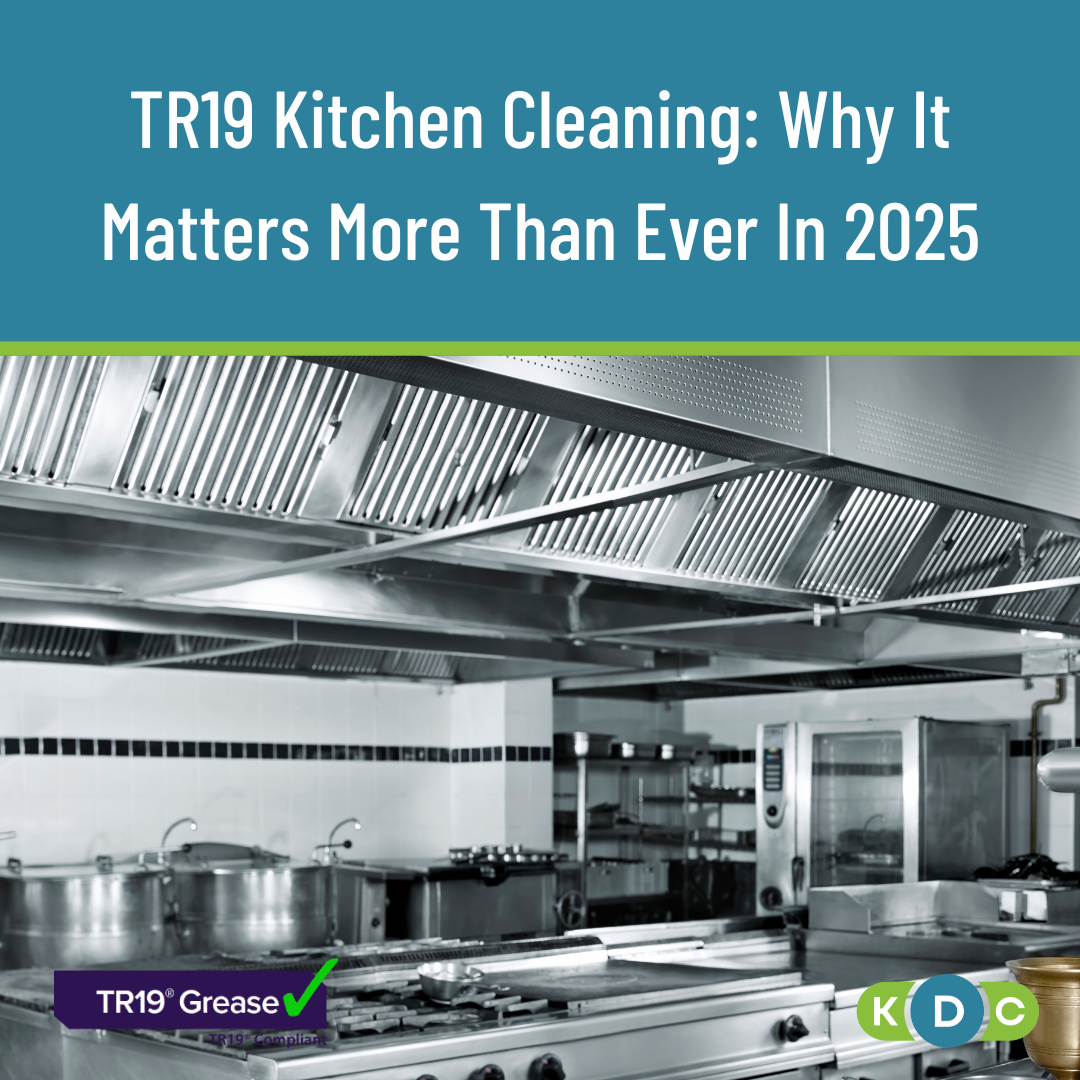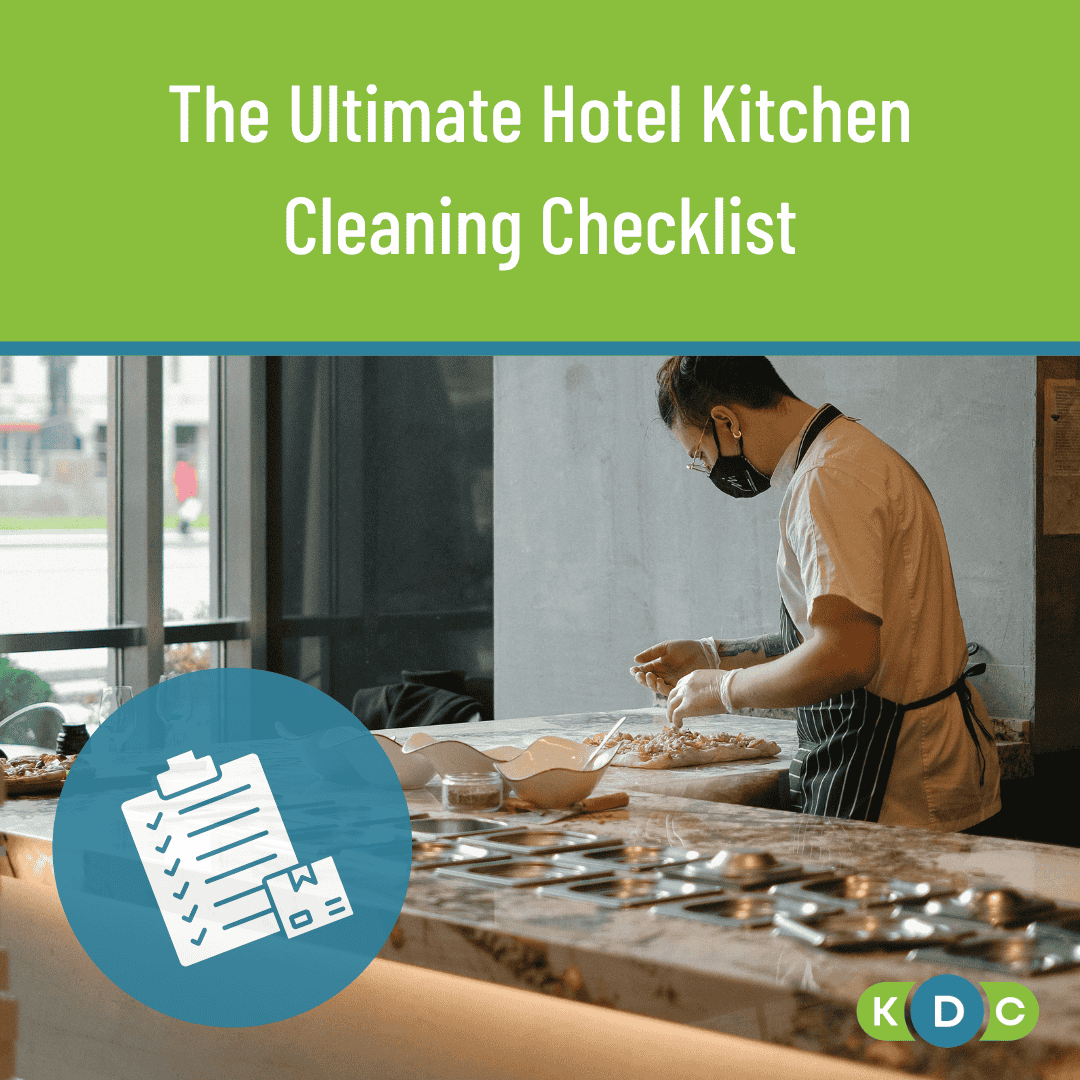Inside an Environmental Health Officer Inspection: What They Check and How to Prepare
Expert guide to EHO inspections: What environmental health officers check, how to prepare for food hygiene inspection and tips to achieve a top rating.
When an environmental health officer (EHO) walks through your door, it’s not going to elicit the same thrill as a five-star review popping up online. A pop-in from an EHO isn’t exactly something to look forward to. But with proper preparation, there’s absolutely no need to panic. Think of the EHO as your business’s quality control partner, not the enemy.
Every food business in the UK − whether you’re running a bustling restaurant, a care home kitchen, or a catering operation − must comply with food safety law. Environmental health officers are local authority officials tasked with making sure those standards are upheld. Their job is to protect public health; yours is to prove you’re doing exactly that.
This blog is your roadmap to not just surviving an EHO visit, but acing it with confidence.
Understanding the visit: Frequency and scope
Here’s what you need to know: EHO visits are a legal requirement and they’re typically unannounced. That’s right: No advance warning, no time to frantically mop the floors or hide dodgy paperwork. That's deliberate, as the inspection process is designed to assess whether you maintain high standards day in, day out, not just when you know someone’s watching.
The frequency of your environmental health inspection depends on your risk level. High-risk premises, like busy commercial kitchens turning out hundreds of meals daily, might see an officer every six months. Lower-risk sites could stretch to every three years. Officers follow the Food Law Code of Practice, ensuring consistency across inspections nationwide.
One crucial point is that refusing entry to an EHO is an offence. If they turn up, you let them in. Simple as that. You don’t want the police to come knocking on your door, do you?
3 Core areas assessed by the EHO
Every food hygiene inspection focuses on three fundamental pillars. These determine your final Food Hygiene Rating, so understanding them is essential.
1. Food hygiene and safety procedures
This covers how hygienically you handle food throughout its journey in your kitchen. Are you preparing, cooking, reheating, cooling and storing food safely? The EHO wants to see that your commitment to food safety is baked into every process.
2. Structural requirements
The physical condition of your premises matters enormously. Is your kitchen clean and well-maintained? Are surfaces in good nick, not shedding particles into the food? Do you have adequate lighting, ventilation and facilities? This is where deep cleaning becomes your secret weapon.
3. Confidence in management and control procedures
The EHO will review your food safety management system (FSMS), often based on hazard analysis and critical control point (HACCP) principles, like the Safer Food, Better Business (SFBB) information packs. They’re assessing whether your management team understands food safety and can maintain good standards when no one’s looking over their shoulder.
What EHOs check on your premises
Right, let’s get down to brass tacks. When the officer walks through your kitchen, what exactly are they inspecting? Here’s what EHOs check in kitchens.
Cross-contamination control
Cross-contamination is a biggie. The EHO will look for clear separation between raw and ready-to-eat foods. That means separate storage areas, dedicated preparation zones and colour-coded equipment. If your chicken prep board is anywhere near your salad station, you’re asking for trouble.
Temperature control
Temperature logs are non-negotiable. Fridges must keep food below 8°C (that’s the legal maximum, though best practice is 1°C to 5°C). Hot food should be held above 63°C. Officers will check that your probe thermometers are properly calibrated and that staff actually know how to use them.
Structural condition
Every surface, every piece of equipment, every corner of your premises will be inspected. Surfaces must be easy to clean and in good repair. Handwashing facilities need hot water, soap and paper towels. Dishwashing facilities must be up to scratch, too.
This is where businesses often trip up. It’s not enough for things to look clean on the surface. The officer will peek behind equipment, check extractors and inspect areas that don’t get daily attention. Trust us: If there’s grime lurking in hard-to-reach spots, they’ll find it.
Cleaning and disinfection
Got a cleaning schedule? Brilliant. But the EHO will also want to see that you’re using the right products and chemicals (meeting British Standards like BS EN 1276 or BS EN 13697) and that staff understand contact time for disinfectants. Spraying and immediately wiping doesn’t cut it, as disinfectants need time to work.
Pest control and waste management
Evidence of pests is a fast track to a poor rating. The officer will verify you have an effective pest control system in place, whether that’s a contract with a professional company or your own robust procedures. They’ll check for fly screens, tidy external waste areas and proper disposal strategies. Implementing a solid waste management system shows you’re serious about hygiene.
Proactive preparation: How to be ‘inspection-ready’
The golden rule? Don’t wait for the knock on the door. Being inspection-ready means maintaining high standards every single day. And since most visits are unannounced, cramming the night before isn’t an option.
Documentation: Get your paperwork sorted
When the EHO asks to see your records, you need them at your fingertips. This includes:
- Your completed food safety management system (HACCP or Safer Food, Better Business pack)
- Temperature logs (fridge checks, cooking temps, the lot)
- Maintenance records (gas safety certificates, portable appliance testing, equipment servicing)
- Cleaning schedules and records
Here’s the crucial bit: those records must be accurate and honest. Falsifying documents destroys trust faster than grease clogs a drain. If you’ve missed a temperature check, own it and explain your corrective actions.
Staff training: Your team is your frontline
Comprehensive staff training in food hygiene isn't optional—it's essential. When the officer asks a question, your team should be able to answer confidently and demonstrate their knowledge. They should understand control measures, know where handwashing stations are, and be able to explain allergen procedures.
The EHO will also check hygiene practices like protective clothing and review sickness records. Staff working while ill is a serious food safety risk.
The deep cleaning advantage
Now, let’s turn to something we know a thing or two about. Structural requirements − the cleanliness and condition of your premises − carry significant weight in your final rating. Daily cleaning keeps the visible areas tidy, but deep cleaning tackles the inspection checklist properly.
We’re talking about those spots that get overlooked: behind equipment, inside extractors, underneath counters, around pipes. A thorough deep clean ensures that when the EHO starts poking around, they find nothing but gleaming surfaces. It transforms the routine hygiene inspection from a nerve-wracking ordeal into a formality.
Regular professional deep cleaning isn’t just about passing the inspection. It’s about maintaining compliance and protecting your reputation.
Navigating the day: Questions and outcomes
So, the officer’s arrived. What now?
Stay calm and carry on
First things first: check their ID badge or warrant card. Once confirmed, welcome them in. Refusing access is an offence, remember? Your staff should remain calm, polite, and confident.
Common questions asked during an EHO visit
The officer will chat with staff and management throughout the inspection. Common questions include:
- Who are your food suppliers?
- How often do you check temperatures?
- When did you last calibrate your probe thermometers?
- Where are the handwashing facilities?
- How do you separate raw and cooked foods?
- What are your allergen management procedures?
Answer honestly and demonstrate understanding. If you don't know something, say so, but explain how you’d find out.
The outcome
After the inspection, the EHO provides feedback. They’ll outline any contraventions and what needs fixing. Then comes the score: the food hygiene rating scheme (FHRS) assigns hygiene ratings from zero to five, with five being ‘Very Good’. That rating gets displayed publicly, so it really matters.
Beyond the visit: Achieving and maintaining the top rating
The goal is simple: Aim for that top score of five. A high rating attracts customers, builds trust and sets you apart from competitors.
If issues are flagged, formal notices may follow − anything from a Hygiene Improvement Notice to an Emergency Prohibition Notice in serious cases. Failure to comply can lead to prosecution, hefty fines, or even closure. Not ideal.
If your rating disappoints, you have rights. You can appeal or submit a right to reply explaining mitigating circumstances.
But here’s the better plan: Pass EHO visit requirements consistently by maintaining excellence across all three assessment areas. A rigorous hygiene audit for restaurants (ideally supplemented by regular professional deep cleaning) keeps your structural standards where they need to be.
To help you ace your next inspection, we’ve compiled an “EHO Inspection Checklist” for you to copy, print and tick off tasks.
Ready to Ace Your Next Inspection?
Environmental health inspections don’t have to be stressful. With proper preparation, solid documentation, trained staff and spotless premises, you’ll breeze through.
And if you need a proper sort-out to get your kitchen inspection ready? That’s where we come in. Give us a ring for a free quote today.
FAQs
How often do environmental health officers visit?
EHO visit frequency depends on your risk level. High-risk premises may be inspected every six months, while low-risk sites could be visited every three years.
Are EHO visits announced in advance?
No. EHO visits are typically unannounced to ensure you maintain high standards consistently, not just when expecting an inspection.
What are the three main areas assessed during an EHO inspection?
Officers assess food hygiene and safety procedures, structural requirements (cleanliness and condition of premises) and confidence in your food safety management system.
Can I refuse entry to an environmental health officer?
No. Refusing entry to an EHO is an offence. You must allow them access to inspect your premises when they arrive.
What food hygiene ratings can my business receive?
The Food Hygiene Rating Scheme assigns ratings from zero to five, with five being ‘Very Good’. These ratings are displayed publicly and can significantly impact your reputation.













